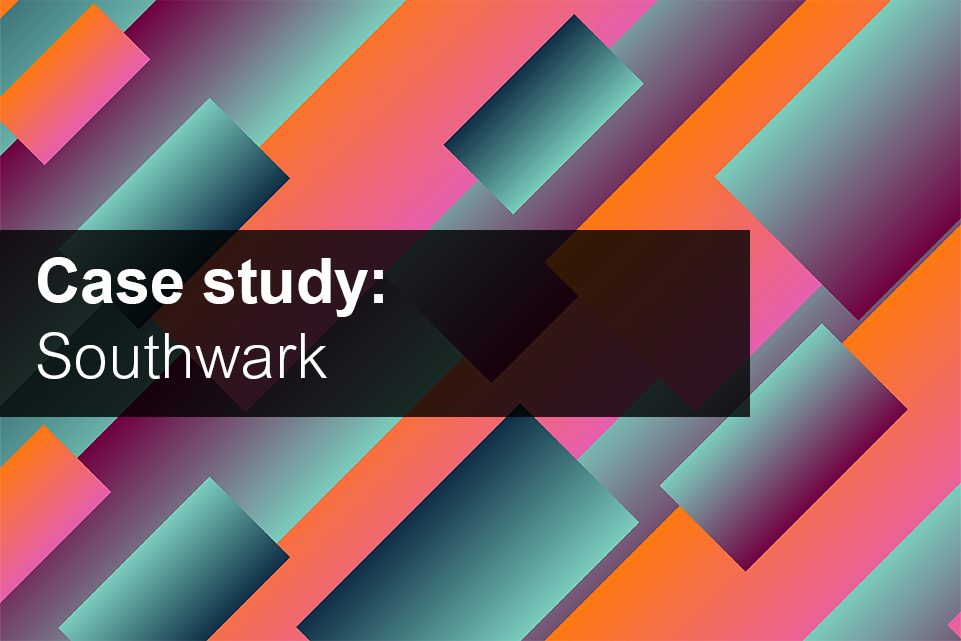Explore case studies from councils and how COVID-19 exacerbated people's mental health and wellbeing. This work informs part of the health inequalities hub, which is funded by UK Government.
The pandemic has had a profound impact on the mental health and emotional wellbeing of the population. Whether it is the effects of physical distancing, social isolation, financial insecurity or the loss of a loved one, most people have been affected in one way or another.
Fear of the virus itself has led to increased levels of anxiety, while the restrictions put in place have increased levels of loneliness and depression.
Problems have been exacerbated by ongoing disruption to traditional support networks, including clubs, activities and social networks, some of which have not returned as restrictions have been lifted.
Different groups have been affected in different ways. There has been a rise in young people with mental health disorders, with increases in the numbers being admitted for eating disorders in particular.
Research by the charity Mind has shown how those with pre-existing mental health problems have been at greater risk too with many reporting their conditions have worsened.
And people on low incomes have struggled with the financial insecurity caused by COVID-19 and the responses to it.
Women and older people report feeling more isolated and lonely in particular – although this is something that has affected all ages.
Then there is the impact of bereavement. More than 150,000 COVID-19 deaths have been seen since the start of the pandemic. Others have seen family members and friends die, but not been able to be with them or mourn for them at funerals.
It has created a legacy of emotional and mental health problems that will last for years. NHS services are already reporting an increase in demand.
Councils, while not directly involved in the clinical treatment, have a crucial role to play in supporting people struggling with their mental health.
The examples below show how councils are working to re-connect communities to address social isolation and loneliness.
People in the community from hairdressers to bar staff are being equipped with the skills to engage people in conversations. And there is a host of work aimed at children and young people, both in schools and outside. This will not only help prevent problems getting worse, but also provide vital support while people wait for NHS treatment.
And with the psychological impact of the pandemic still emerging, it seems certain the negative mental health effects of the past two years are likely to last much longer than the physical health ones.
Key statistics
-
61 per cent of adults worried about the impact COVID-19 has had on their life (ONS)
-
3.7 million chronically lonely adults – up by a million since before pandemic (ONS)
-
One in six under 16s have probable mental health disorder – up from one in nine in 2017 (NHS Digital)
-
One in three adults with mental health problems report their conditions have worsened since 2020 (Mind)
-
43 per cent of unemployed report poor mental health (Health Foundation)
-
£120 billion a year – the cost of mental health problems once health and social care, lost productivity and reduced quality of life taken into account (Centre for Mental Health).







